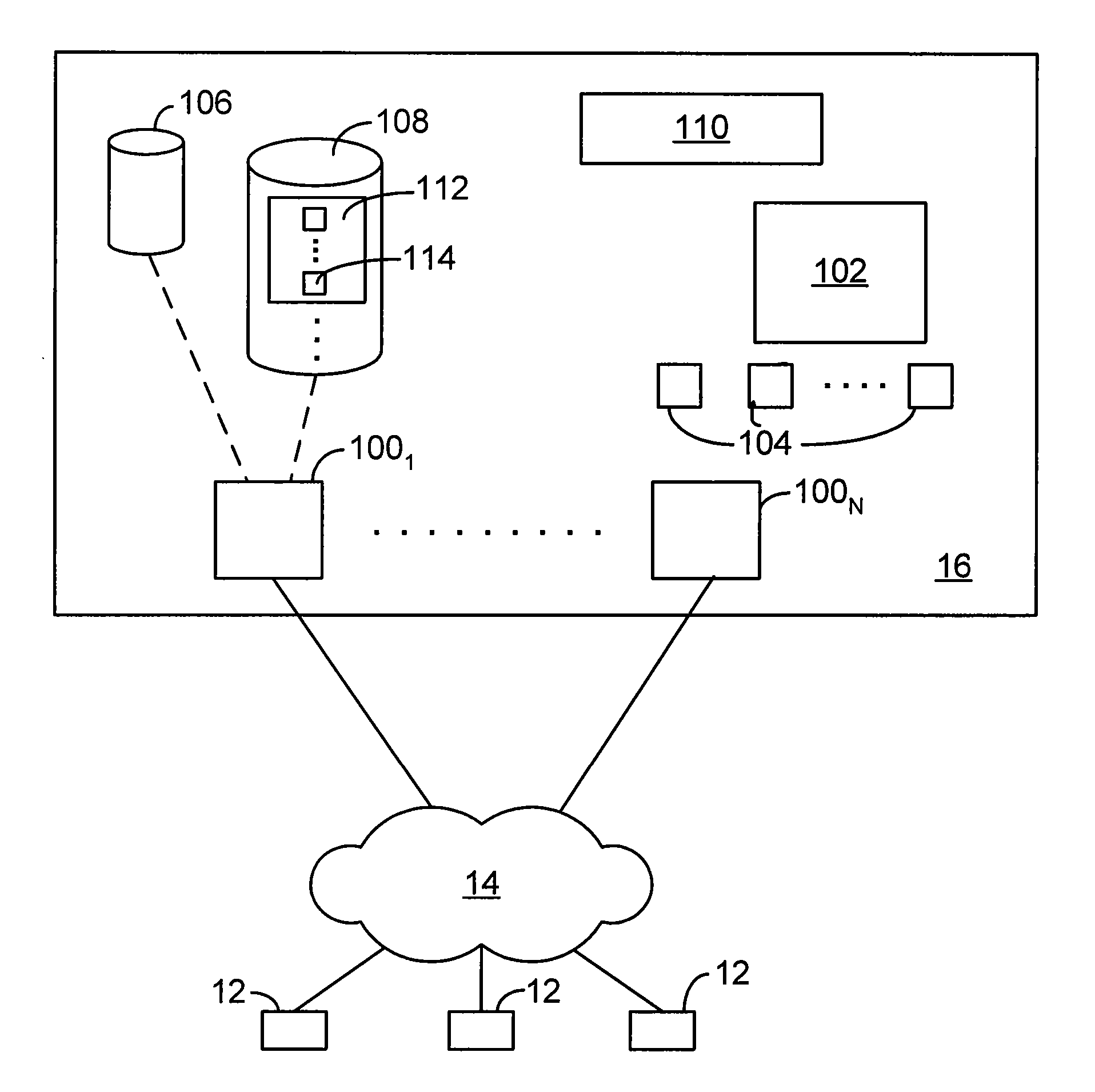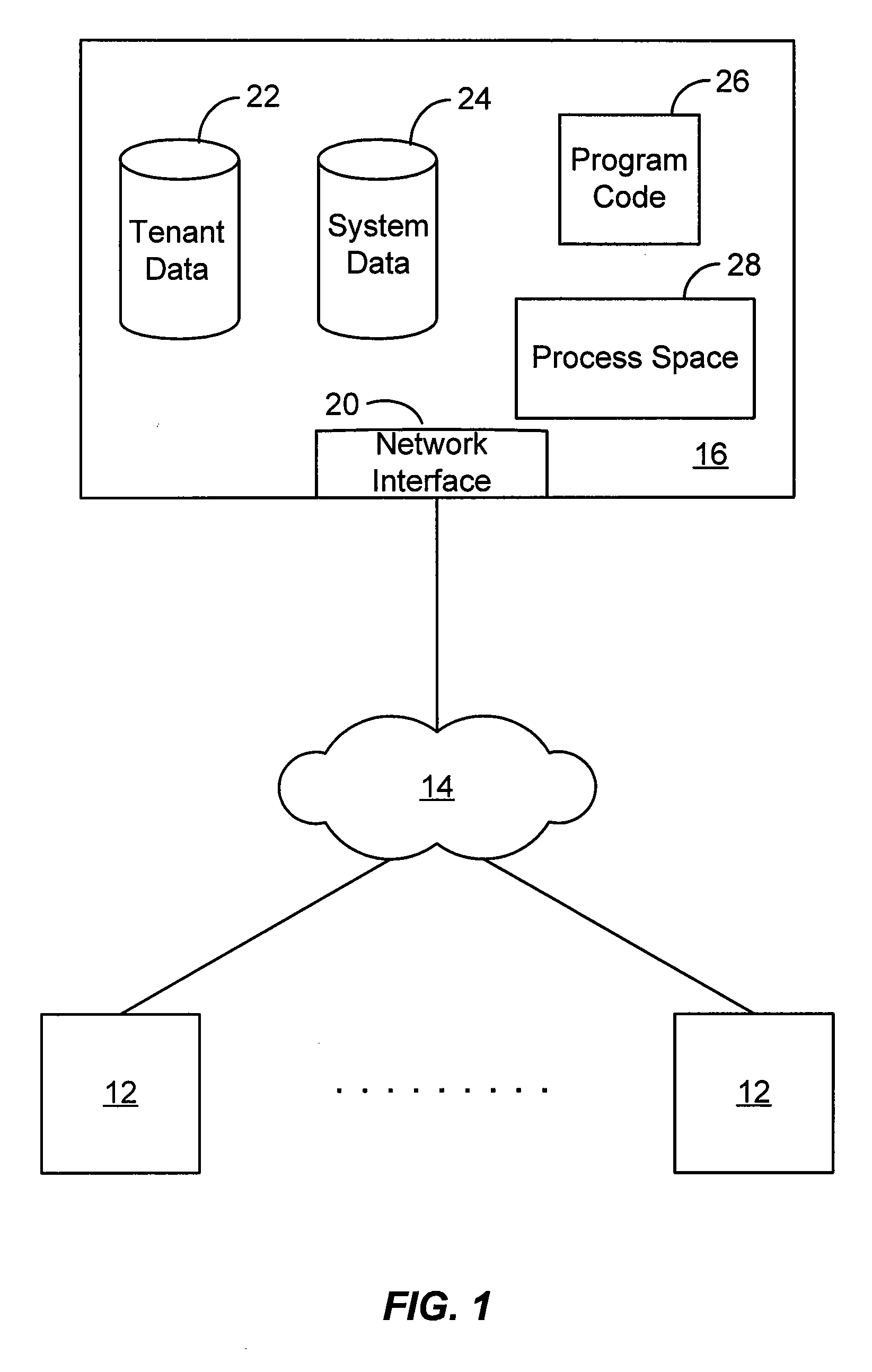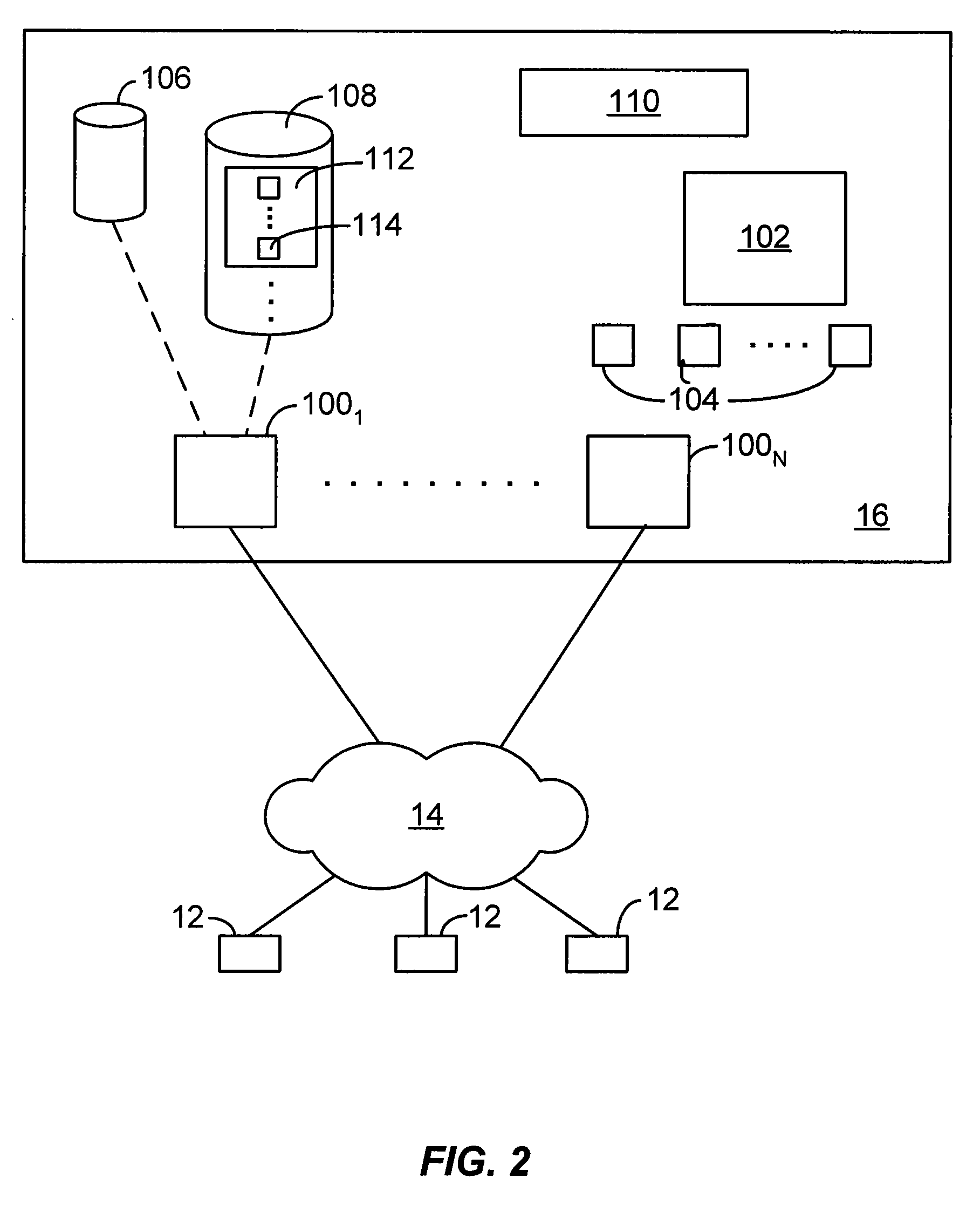Systems and methods for exporting, publishing, browsing and installing on-demand applications in a multi-tenant database environment
a database environment and database technology, applied in the field of databases, can solve the problems of vexing humankind for the next several millennia, limiting the mechanism to write once, reading many implementations, and tight constraints in capacity, and achieve the effect of easy and efficient import and expor
- Summary
- Abstract
- Description
- Claims
- Application Information
AI Technical Summary
Benefits of technology
Problems solved by technology
Method used
Image
Examples
Embodiment Construction
[0022] In embodiments, the present invention provides systems and methods for creating and exchanging customized applications in a multi-tenant database system.
[0023] Customers may wish to add their own custom objects and applications to their database system in addition to the standard objects and standard applications already provided. In a traditional client / server application, where the customer has its own physical database, adding custom objects is typically done via DDL (data definition language) against that database to create new physical schema—tables and columns. In an online multi-tenant database system, this approach may be untenable for various reasons. For example, for a database system with a large population of tenants (e.g., on the order of 1,000 or 10,000 or more tenants), the union of all desired schema would overwhelm the underlying data dictionary catalog (e.g., Oracle dictionary). Additionally, the maintenance of all of these schema objects would be a nearly ...
PUM
 Login to View More
Login to View More Abstract
Description
Claims
Application Information
 Login to View More
Login to View More - R&D
- Intellectual Property
- Life Sciences
- Materials
- Tech Scout
- Unparalleled Data Quality
- Higher Quality Content
- 60% Fewer Hallucinations
Browse by: Latest US Patents, China's latest patents, Technical Efficacy Thesaurus, Application Domain, Technology Topic, Popular Technical Reports.
© 2025 PatSnap. All rights reserved.Legal|Privacy policy|Modern Slavery Act Transparency Statement|Sitemap|About US| Contact US: help@patsnap.com



